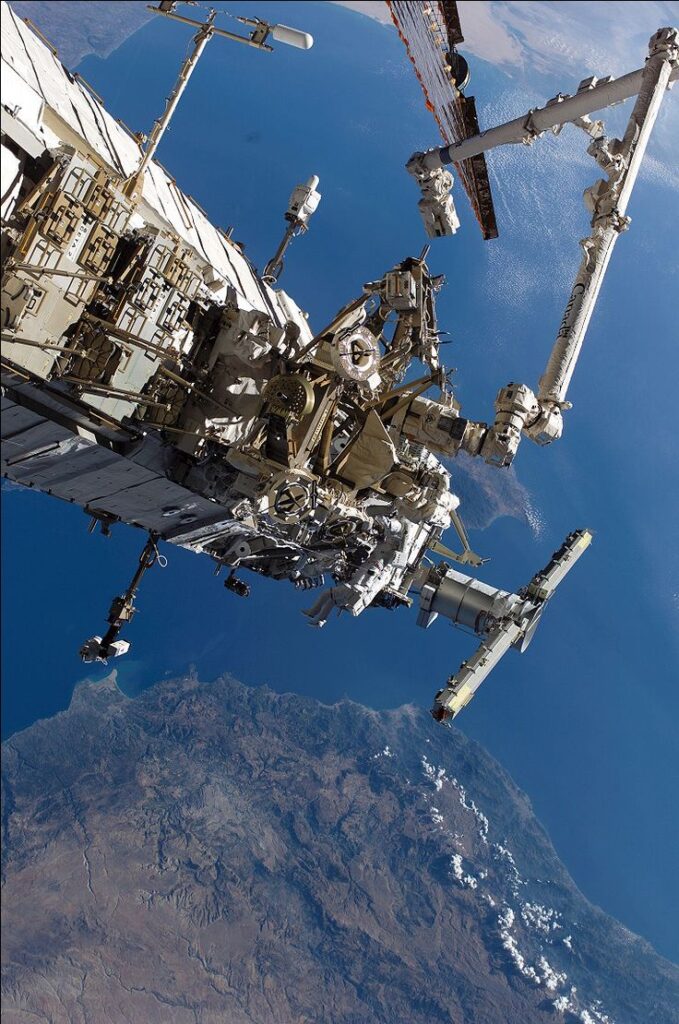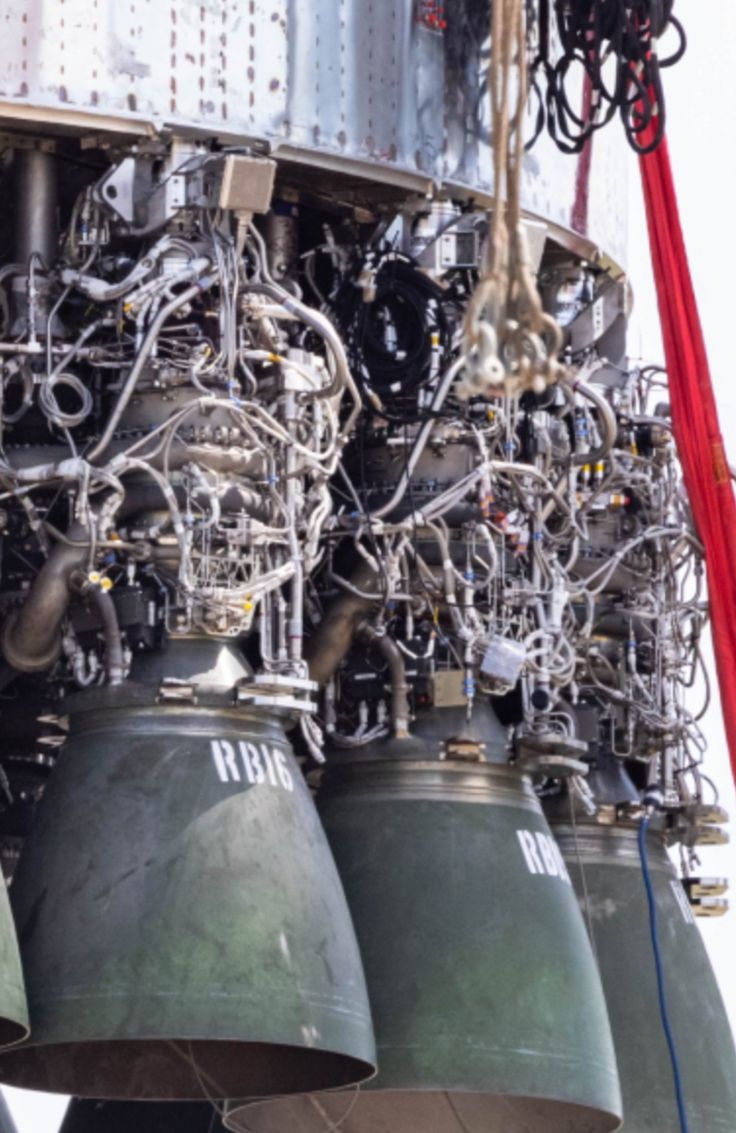Title: A Concise Account of New Results in Space Exploration: Unveiling the Cosmos
Concise Overview:
Our comprehension of the universe and the limits of human knowledge have been pushed to new heights as space exploration has brought about a new age of unparalleled discoveries and improvements. Global space organizations, comprised of scientists and engineers, have made incredible strides in recent years, completely altering the way we approach space exploration. Showcasing the relevance and possible future ramifications of significant advances in space exploration, this paper dives into many areas of space research.
Section I. Developments in Propulsion Systems:
The creation of novel propulsion systems is often considered a watershed moment in the history of space travel. The Evolutionary Nitrogen Thruster (NEXT), an ion propulsion system developed by NASA, has shown to be very efficient with fuel, allowing spacecraft to go greater distances while using fewer propellant. The potential to harnessing the sunlight for propulsion is further shown by developments in solar ship technology, such as LightSail 2 by The Planetary Society.
Part Two: Robotic Exploration and Self-Driving Vehicles:
Recent developments in autonomous systems and artificial intelligence (AI) have greatly expanded the possibilities of unmanned spacecraft, making robotic exploration an essential component of space missions. The NASA Perseverance rover uses cutting-edge artificial intelligence to explore Mars on its own, do scientific experiments, and it can even gather samples to bring back to Earth. More complex and autonomous robotic missions are possible now because to these developments.
The Third Section: Findings on Other Worlds:
The Ingenuity helicopter and Perseverance rover are only two of the recent Mars missions that have found new information about the Red Planet’s earth sciences, climatic history, and the possibility of previous life. Exploring Jupiter’s icy moons is the next big step for the JUICE (JUpiter Frozen moons Explorer) mission, hopes will reveal more about the habitability of these fascinating celestial bodies.
Chapter Four: Global Partnerships
International alliances have encouraged shared improvements in space exploration, turning it into a more collaborative endeavor. The ISS, also known as the International Space Station, is a living example of international collaboration as it houses scientists and astronauts from all over the world. Exploration of the Moon is also an example of a collaborative endeavor; one such initiative is NASA’s Artemis, which enlists the help of worldwide partners in order to set up a permanent human settlement on the Moon.
The Part Played by the Private Sector:
The space business has been transformed by the rise of private space enterprises, such as Virgin Galactic, Blue Origin, and SpaceX. Launch costs have been drastically cut by SpaceX’s reusable rocket technology, and Blue Origin is dedicated to creating sustainable options for lunar exploration. New opportunities for space exploration are emerging as a result of the healthy rivalry and cooperative efforts between private companies and more conventional space organizations.
VI. Observatories and Telescopes in Space:
Our knowledge of the cosmos has been revolutionized by the development of space-based observatories. Launching shortly, Telescope, commonly known as the JWST will radically improve our capacity to investigate exoplanet atmospheres, distant galaxies, and the enigmas of dark energy and dark matter.

In summary:
The remarkable progress that mankind has achieved in understanding the universe is highlighted by the latest achievements in space exploration. There is tremendous potential for advancements in space exploration in the fields of propulsion technology, robotic exploration, international cooperation, and private sector involvement. As we keep expanding our understanding, these discoveries demonstrate the unwavering will of mankind to seek out new horizons and explore the cosmos. In the future, the mysteries of the universe will be unraveled thanks to the continuous harmony between scientific inquiry, technological advancement, and global collaboration.
